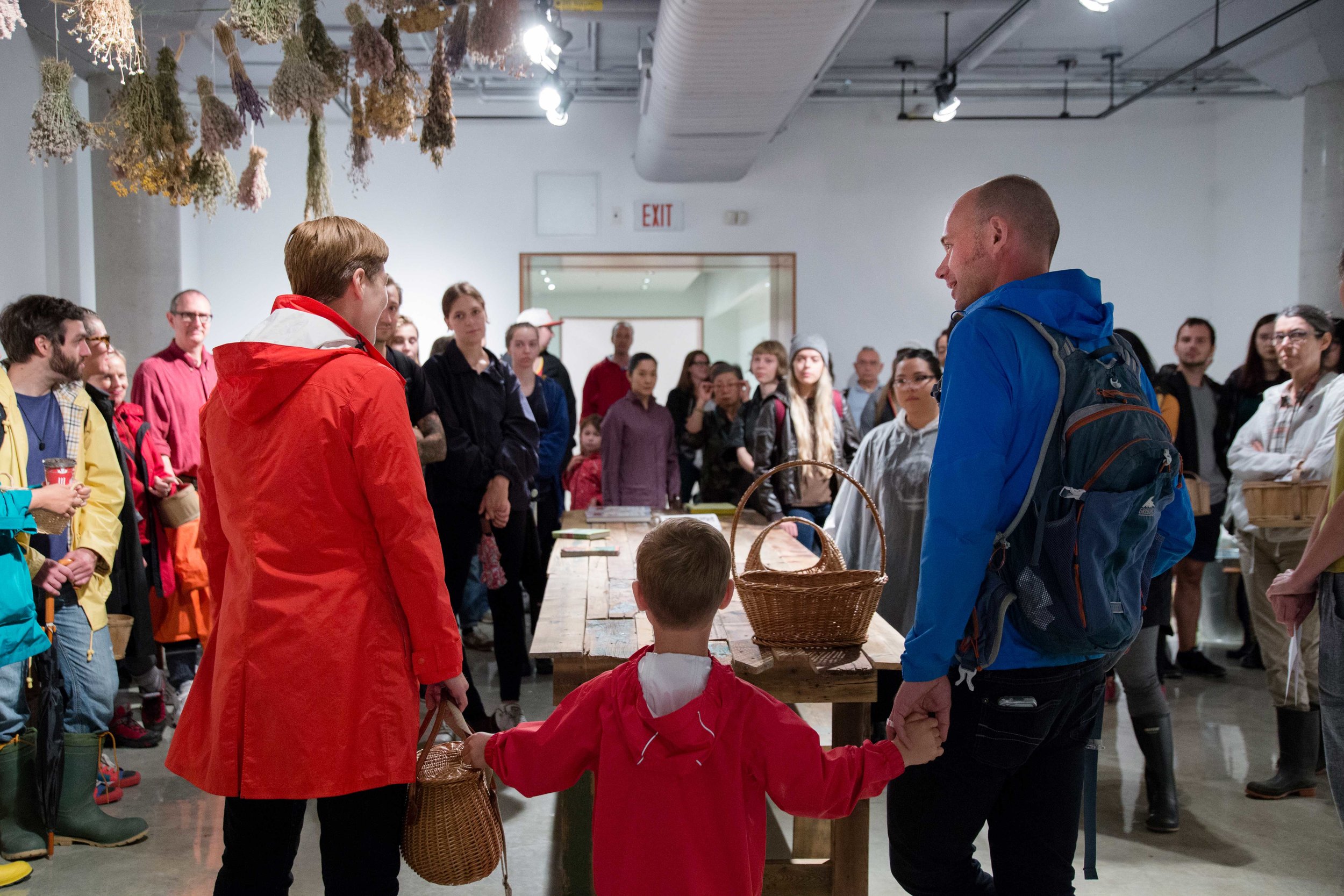The artist, who died in May, was one of the first from the New York scene to establish themselves on Cape Breton Island in the 1960s.
This seminar-in-the-forest led by curator and writer Amish Morell will begin at the site of a 600 year-old Iroquois village that sits on the edge of the escarpment, where it overlooks the land of present-day Toronto.
This issue arose out of several recent trends in art education. First, the emergence of alternative, tuition-free, DIY-style art schools, reading groups and skill-sharing workshops.
AMISH MORRELL, a Cape Breton-born writer and curator, chats with New York artistic duo ERIK MOSKOWITZ and AMANDA TRAGER about their memories of the Cape Breton of their youths, exploring…
Outdoor School is an exhibition and series of activities that explore ways of attending to interstitial urban wild spaces and other natural environments around the University of Toronto Scarborough.
The concept of a WET issue emerged as a way to elicit both artwork and criticism that deviates from a tendency in contemporary art towards practices that are intellectually abstract, often highly frenetic, and detached from physical places and bodily experiences.
In this issue we look at the work of artists who use walking as their medium. Recently there have been numerous exhibitions, publications and research projects that deal with walking as an aesthetic practice.
One of the most glaringly obvious problems in much of contemporary art criticism is its stark lack of social and geographic diversity. As Editor of a magazine that purports to be both national and international in its scope and readership, by far the greatest number of proposals I receive are from major urban centres and propose covering major public art galleries and/or artists with significant commercial representation.









